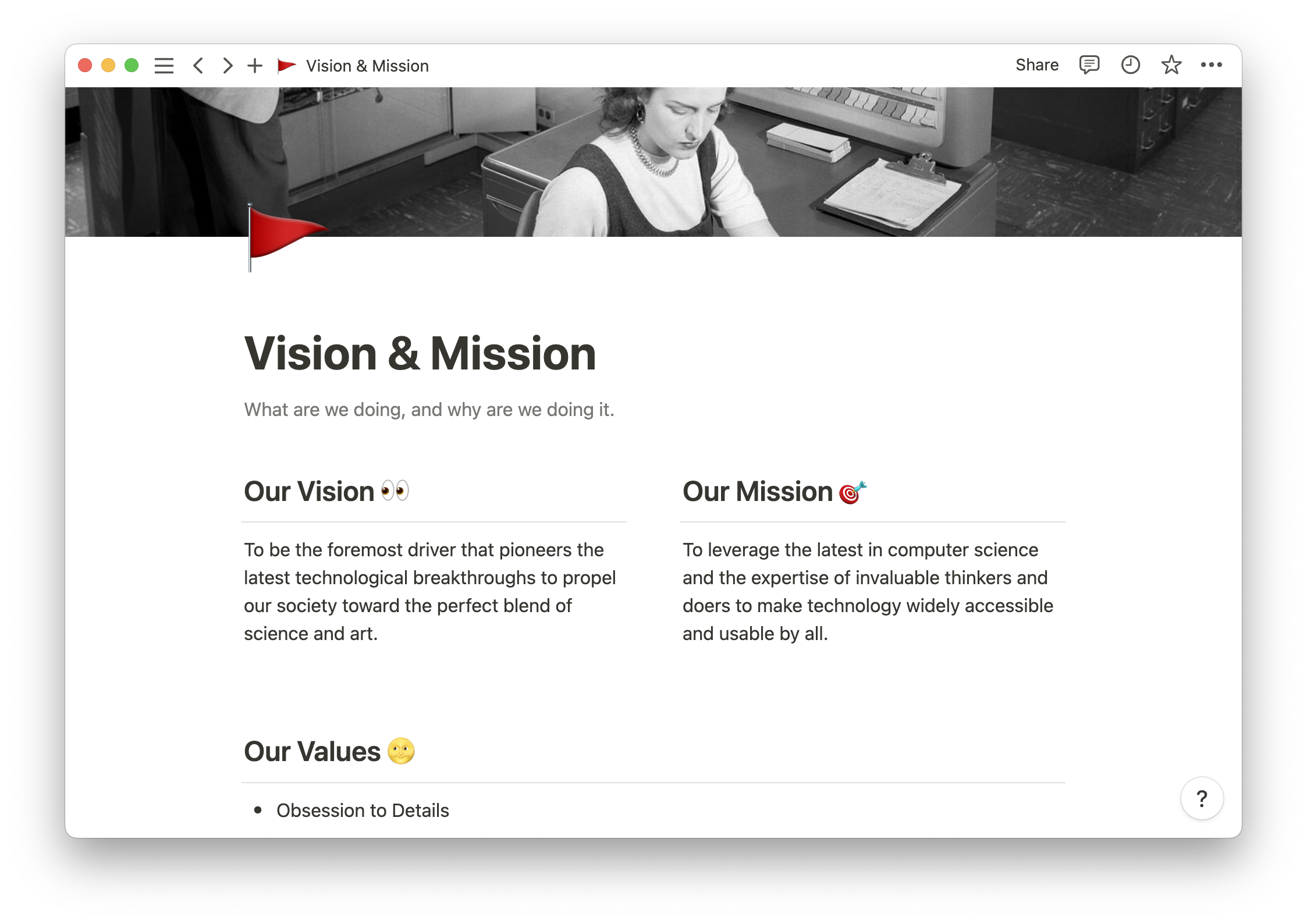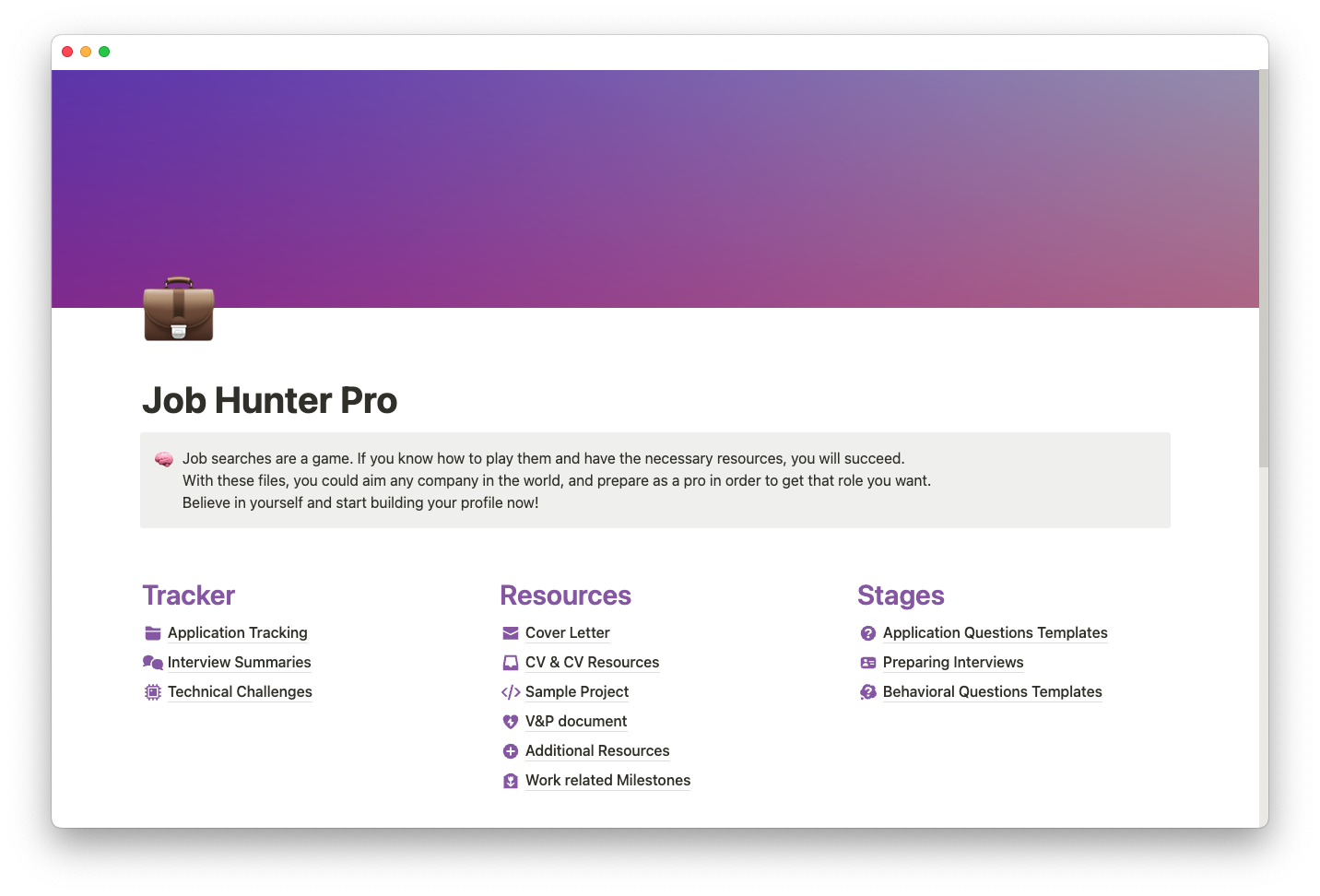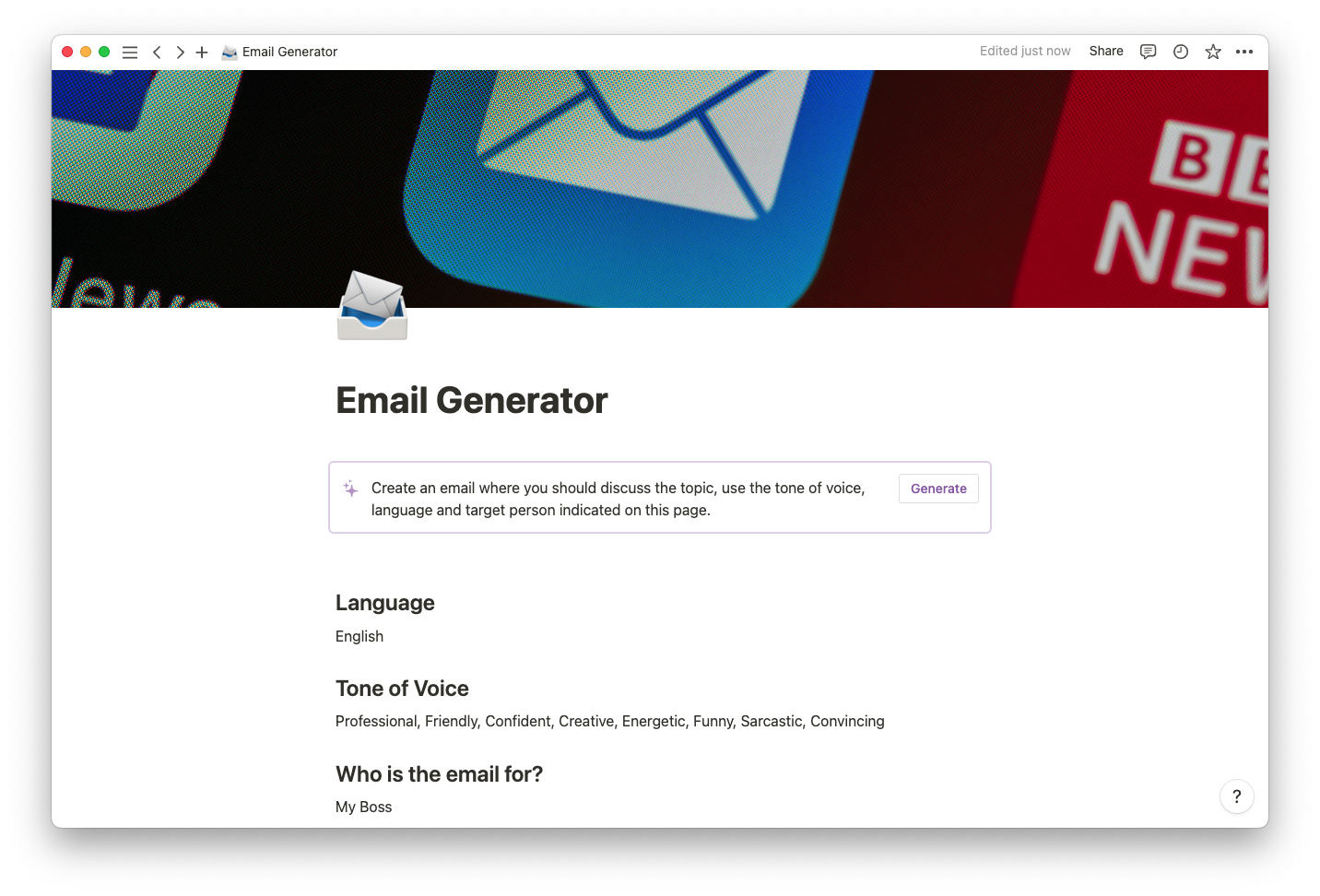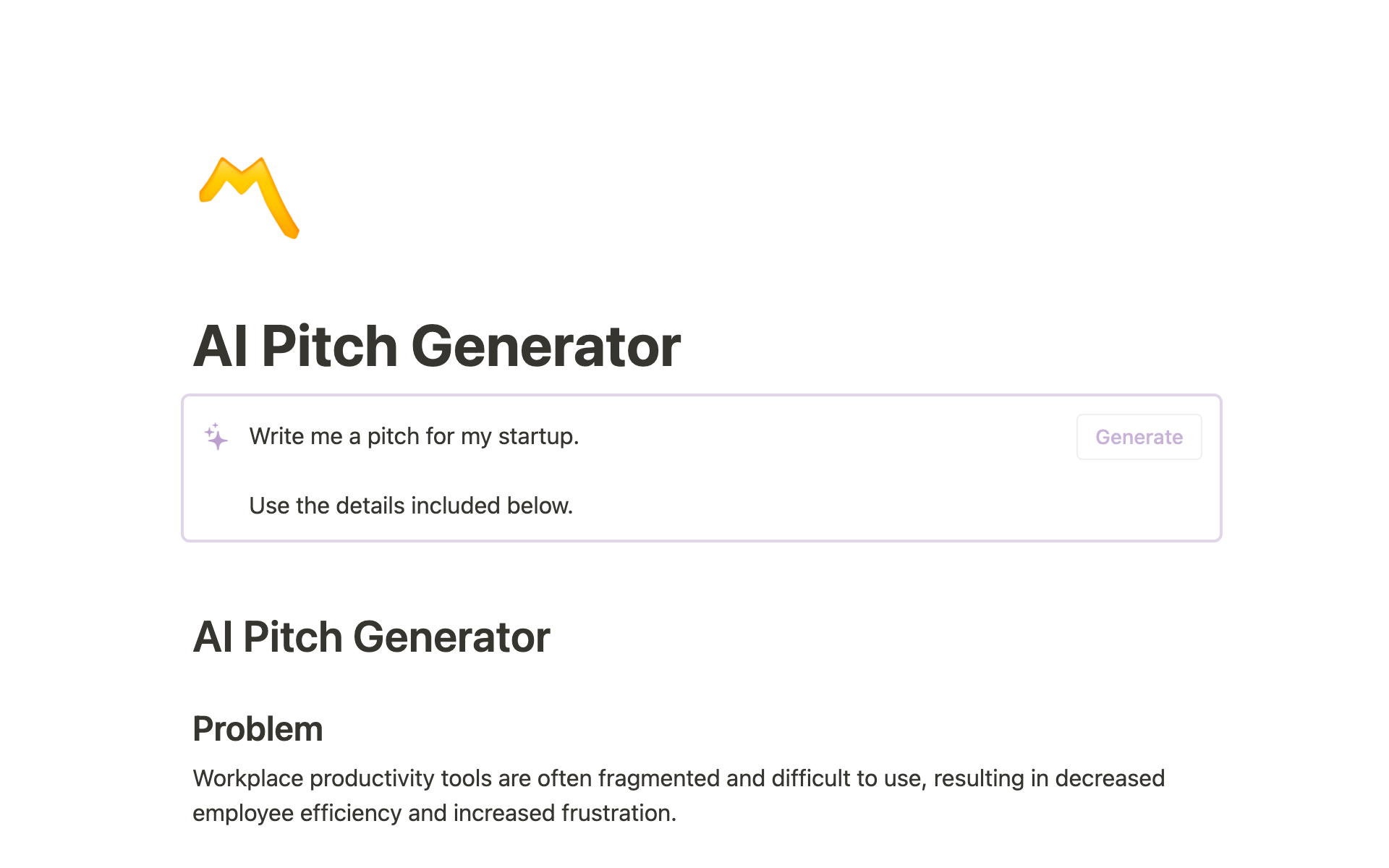A resume may give a hiring manager all the information they need to understand your skills and experience, but a cover letter provides nuance. This note allows you to express why you’re passionate about your work and the prospect of this new role, and what sets you apart from other well-qualified candidates.
And while you may be a stand-out candidate who's the right fit for a role, helping a hiring manager recognize that can be challenging. After all, recruiters see dozens of applications a day. Convince a hiring manager to take a second look at your job application and make an excellent first impression by learning to write a compelling cover letter.
What’s a cover letter?
A cover letter is a document that forms part of a job application. The letter accompanies your resume and any other hiring materials the job listing requires, such as a portfolio.
Cover letters allow an applicant to explain why they’re a good fit, delve deeper into formative professional experiences, and share their personality. Generally 2–4 paragraphs in length, cover letters highlight essential skills and motivations without providing an overwhelming amount of information.
What to include in a cover letter
Good writing often follows an organized structure, so it helps that there’s a cover letter format job hunters can use to order their thoughts. Strong cover letters should include the following sections:
A greeting
Your greeting should address the hiring manager by name — for example, “Dear Sarah Smith.” If you’re unsure who’ll read the letter, use “To whom it may concern” or “To the hiring team at (Company).”
An opening paragraph
Express your interest in the position. Be brief, but feel free to drop in a specific detail that backs up your claim, like how you’re interested in the role because of the company’s inclusive culture or because you read it’s expanding into a new market you’re passionate about.
A section on what makes you unique
The body paragraph of the cover letter is the space where you can wax poetic about your skills and experiences. Highlight professional and educational achievements and your abilities, both technical and interpersonal. You can also add data points, like growth metrics, that demonstrate your skills or quick anecdotes describing shining career moments.
A closing
Thank the hiring manager for their time and remind them you’re happy to answer questions or provide additional information.
A sign-off
After your farewell (i.e., “best” or “sincerely,” followed by your name), include basic contact information, such as your phone number and email address.
Before you write
Gather your thoughts before you write the cover letter for a resume you’re about to submit to your dream job. You only get one chance to make an excellent first impression.
In this pre-writing phase, consider the following:
Know why you want the job — brainstorm a few points on why this particular role and company interest you. Knowing what makes the business a place you’d like to work and why this career move benefits you will empower you to create a more convincing argument in your cover letter.
Decide what makes you different — list your traits and filter for those that align well with this role and could set you apart from other candidates. Suppose a position involves working with a multicultural team, and you speak three languages. Include that detail to persuade a hiring team to move forward with your application.
Consider the reader — ask yourself what the hiring manager is seeking. If the job description says the recruiter is looking for someone who’s eager to learn, demonstrate this using an anecdote about a time you took the initiative to educate yourself.
How to write a cover letter
Even if you know what goes into a cover letter and how to order your ideas, it’s not a guarantee that you’ll create a compelling note. But if you use the following steps to guide your writing process, you’ll work with more purpose and precision:
1. Do your research
Learn the company’s values by reading its mission and vision statements and learning more about its current projects. You can use these data points to link your skills to business’ greater objectives.
2. Outline the letter
Outline your letter or use a template to guide you. Draft bullet points for the body of the letter, like the hard and soft skills you wish to highlight, metrics that show your peak performance, and an anecdote to highlight the virtues of your personality.
3. Flesh out your ideas
Turn the basic ideas and bullet points you drafted into paragraphs. Don’t limit yourself at first, just focus on getting words on the page. Be sure to use verbs to describe actions, (i.e., “I grew a key account by 10%” or “I helped transition my development to an agile framework”).
4. Revise
Edit your letter, removing excess qualifiers and filler words. Instead of saying that you’re “really interested” in a role, simply say you’re “interested.” And make sure there isn’t too much content on the page. The letter should just be a couple of paragraphs with a greeting and sign-off — not longer than a page in a standard font.
Tips for a standout cover letter
The most important quality of a good cover letter is its ability to represent you and your skills well. But you can take your note from good to great with the following tips:
Customize — check the letter for erroneous information. Using a past letter as a boilerplate for another job is a great idea, but be sure to tailor the note to the new role and remove outdated information. Featuring an old email address on a cover letter could cost you a job.
Use the right tone — it’s one thing to show enthusiasm for a role, but avoid overdoing it or pandering to the hiring manager. Remain confident and professional, and stay away from too-casual language, exclamation points, or platitudes.
Proofread — proofreading your work can be tricky, as your eye may glaze over little details once you’ve read it several times. Use the spellchecker in your word processor or an app like Grammarly to help you do a final read.
Cover letter example
Writing concise, compelling text is no easy task, even for a practiced wordsmith. Get your creative juices flowing by taking inspiration from the following cover letter mock-up for a social media marketing role:
Dear (Hiring manager’s name),
I’m writing to apply for the social media manager role at (company’s name). I’m enthusiastic about the position because of the challenges it presents, namely launching the new brand image across all platforms.
I graduated from (institution’s name) with a degree in graphic design and have five years of professional experience supporting marketing teams. In my last role, I primarily focused on generating resonant social media campaigns and improving the brand’s image with more professional photos and consistent graphics. My efforts resulted in a 10% uptick in engagement on the company’s social media accounts, increased reach with new target demographics, and gained excellent consumer feedback on the brand’s content and image. My strong sense of aesthetics and metrics-based decision-making skills helped me make an impact.
Thank you for your time. I am happy to answer questions and provide additional information or portfolio images.
Best,
(Your name here)
Not sure where to start? Use Notion’s AI assistant
Get the proverbial ink flowing with support from Notion’s AI assistant.
This tool can write a first draft of your letter, help you brainstorm ideas, and correct your grammar — cleaning up your text and making you a better writer for future applications.
Once you send your cover letter and land the job, use Notion’s guides to ease into your new role. Learn how to set SMART professional goals and create an action plan to achieve them.






